The History of the Rainbow Flag
I’m sure that you are all familiar with this little thing:

And you’ve probably seen at least one of these:
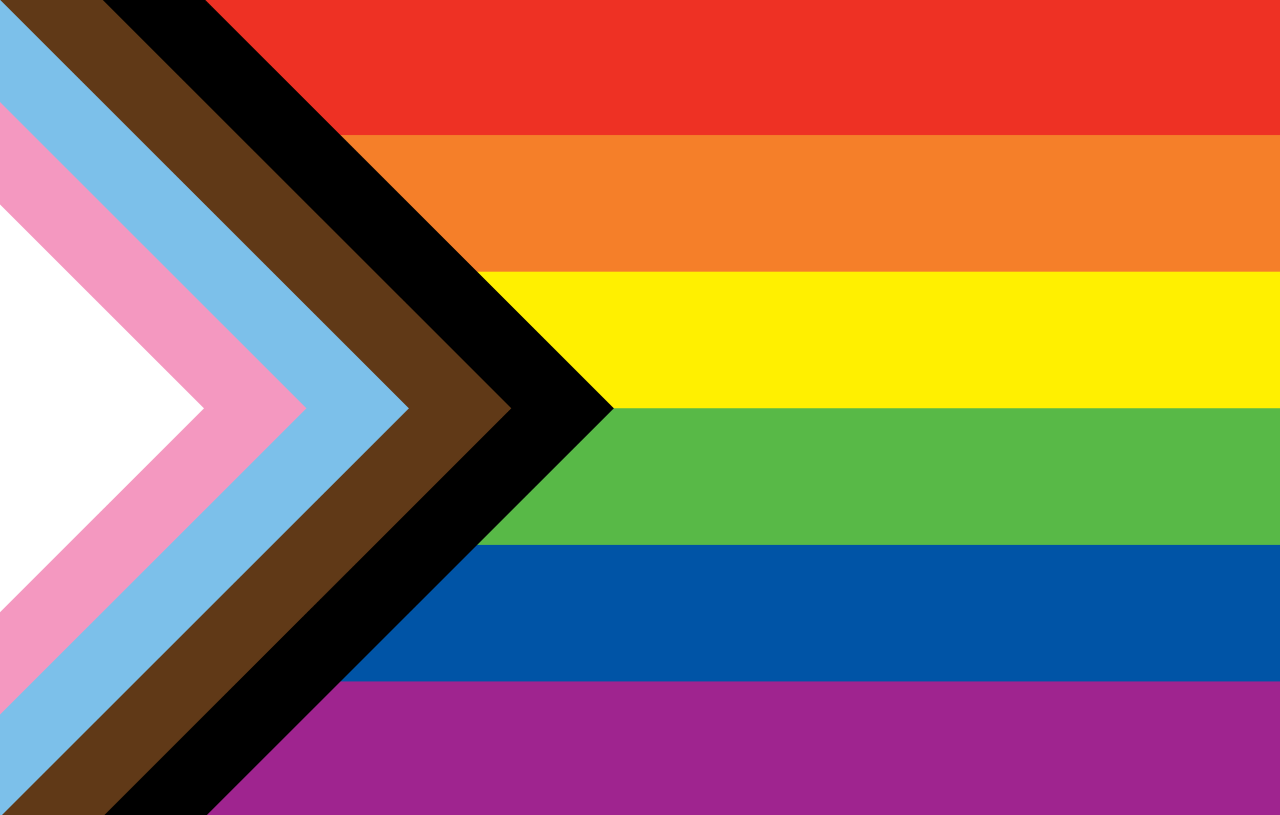
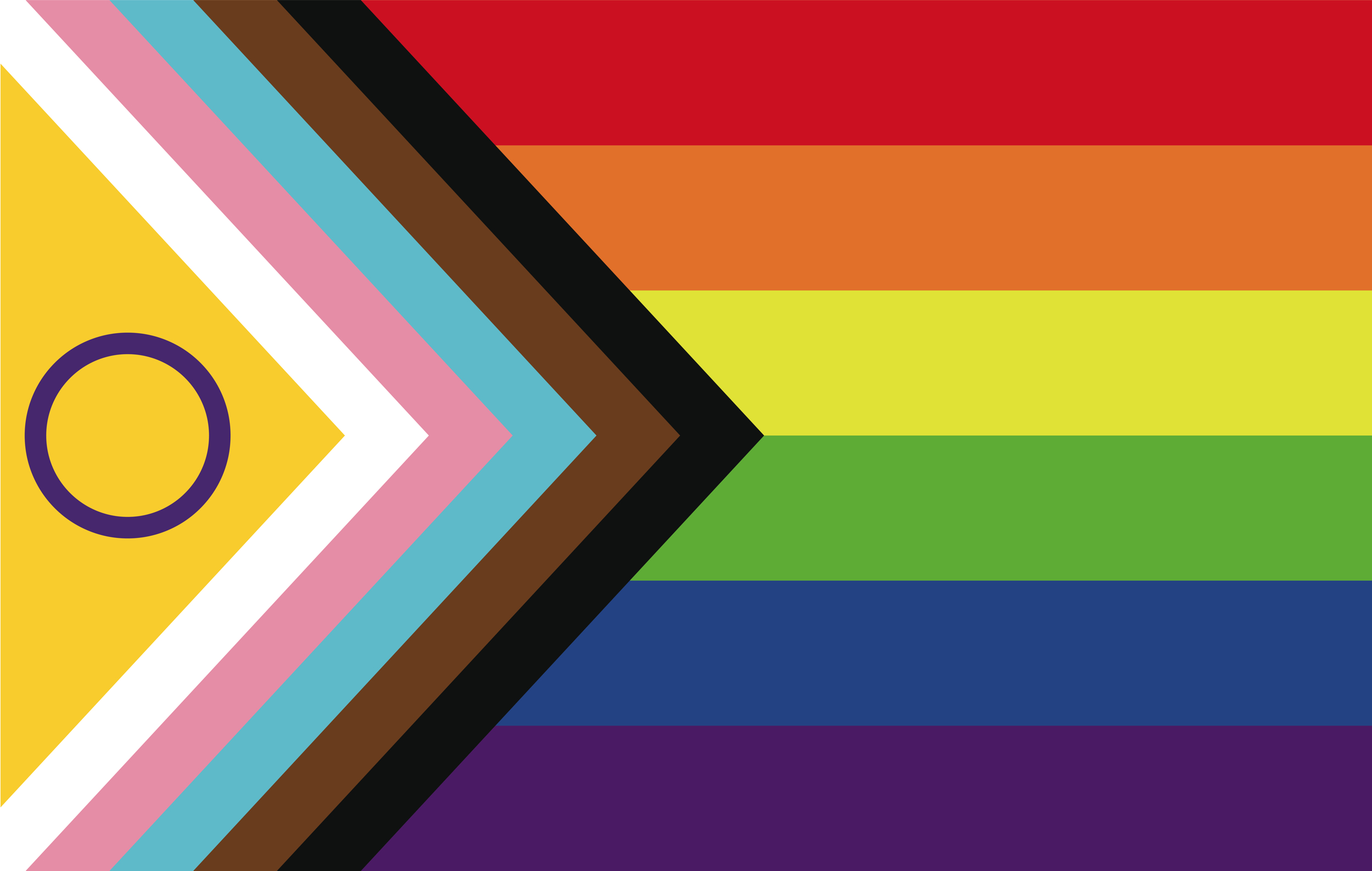
We all know that they represent the LGBTQ+ community, but how did these flags come to be? What inspired people to make a rectangular rainbow represent a whole community of people?
Well it started with Gilbert Baker. He was born in 1951 and raised in Parsons, Kansas. Baker served in the military for two years and after an honorable discharge in 1972, he started to teach himself to sew. Two years later, he met Harvey Milk, a gay San Fransisco City Supervisor. Milk challenged Baker to design a symbol to replace the pink triangle which was started by the Nazi regime as a sort of “badge of shame”. He then designed a 8-color flag which he said was inspired by the Rolling Stones song, “She’s a Rainbow”, each stripe with a different meaning.

A team of 30 volunteers banded together to hand-dye and stitch the first two flags, including Lynn Segerblom known as Faerie Argyle Rainbow, who invented the original dyeing process for the flags. The flags were believed to have been lost, but remnants of one were found among Baker’s belongings in 2020.
On November 27, 1978, Harvey Milk was assassinated and the demand for the rainbow flag rose. The Paramount Flag Company started selling a version using stock rainbow fabric which didn’t include pink. When Baker started ramping up production, he also dropped the pink stripe because the color wasn’t readily available. In 1979, he removed the turquoise stripe as well to be able to split the flag evenly between lamp posts which were to be decorated with banners. This got us our current standard rainbow flag.
In 2017, shortly before his death, Gilbert Baker made a new version with the pink and turquoise with the new addition of a lavender stripe in protest of Donald Trump’s election:

A new pride flag made by the marketing firm Tierney called the Philidelphia Pride Flag after its city of origin was also made in 2017 to be more inclusive of people of color:
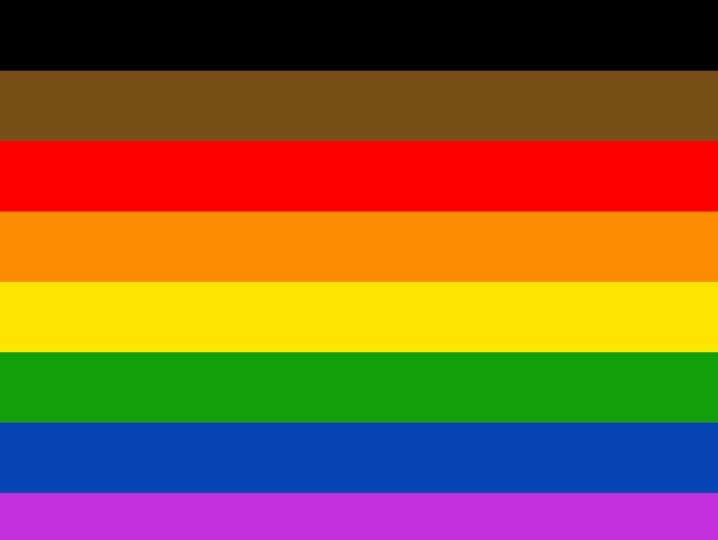
In 2018, the Progress Pride flag was made by Daniel Quasar to be more inclusive of transgender people and took some inspiration from the Philidelphia Pride flag in including triangle stripes to represent people of color:

More recently, in 2o21, the Progress Pride flag was redesigned by Valentino Vecchietti to include the intersex* pride flag:

There are controversies around the Progress Pride flag because it wasn’t made at a time when being gay was illegal. Often times people say that it doesn’t have the same history as the standard rainbow one, but even that flag had been changed at least four times before we got it to where it is today.
*This is one a lot of people don’t know, but I think it’s really cool. Being intersex means that you were born biologically ungendered; you don’t have any reproductive parts at all. It happens about once out of 5,000 births. Less commonly it can also mean you are born with both female and male reproductive parts.
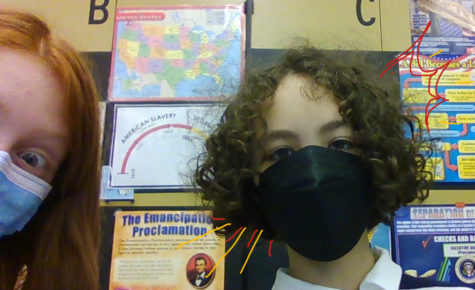
I joined journalism because I like art, but I ended up doing yearbook, photography, and a little bit of announcements as well.
I'd recommend joining...


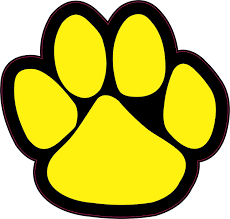
HappyStarParty ¦ May 18, 2023 at 9:53 am
People can love who they want to love. I’ve met multiple homophobic and transphobic people, and it’s never okay to discriminate against others for their preferences.
Clara B. ¦ May 10, 2023 at 10:16 pm
Correct me if I’m wrong, but I read that being intersex can also mean that you have mixed reproductive parts from multiple genders. (Awesome article by the way! Very enlightening.)
Finlay J-R ¦ May 11, 2023 at 11:06 am
Thanks! I edited the article to include that.
Oliver ¦ May 8, 2023 at 8:02 am
This is the most exquisite, beautiful, loving article I have ever seen. the thought that we have this flag is wonderful and should be recognized.
A+++
Danny ¦ May 10, 2023 at 1:33 pm
ong no cap fr